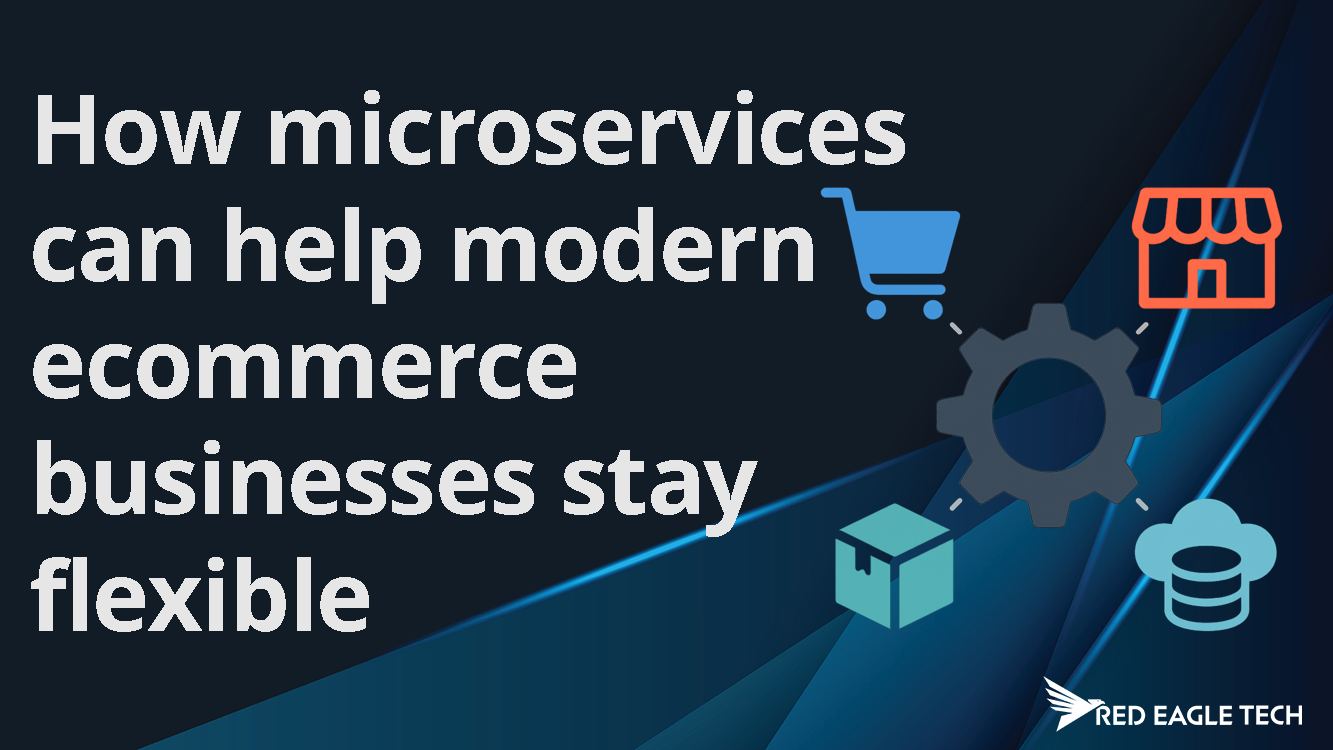
Why your business systems don't talk to each other (and how to fix it)
Have you ever wondered why you need to update the same customer's address in five different places? Or why your accounts team has no idea what your sales team promised until an angry email arrives? If the answer is yes, you wouldn't be alone.
If systems in your business feel like a collection of isolated platforms rather than a connected organisation, when you really need them to talk to each other, then you're facing a system integration problem that affects many UK businesses. But I come bearing information that will help solve it.
The real cost of disconnected systems
First let's look at why it matters. If your staff spend just 12 hours a week moving data between systems, that could be someone's entire part-time salary going on copy-paste work when they could be freed up to do other valuable tasks.
Data disasters waiting to happen
When information lives in multiple places, mistakes get more common. Update a price in your catalogue, but forget the website? That's lost revenue. Change a delivery address in one system but not another? Hello, customer complaints.
Decision-making in the dark
Your sales data sits in one system, inventory in another, and financials in a third. Getting a complete picture of your business means juggling spreadsheets and hoping the numbers match.
Customer experience nightmares
Nothing frustrates customers more than explaining their issue three times to three different departments. When your systems don't share information, your customer service team looks incompetent - even when they're doing their best with the tools they have.
Why businesses end up with system silos
This mess rarely happens overnight. More often, it's death by a thousand software purchases:
The organic growth trap
You start with basic accounting software. Add a CRM when sales pick up. Bolt on an inventory system when you outgrow spreadsheets. Before you know it, you're running six different systems that might as well be on different planets.
The "best in class" myth
Choosing specialist software for each function sounds smart. Best accounting package, best CRM, best inventory management. Except now you've got best-in-class systems that refuse to share data, leaving you worse off than with one decent all-rounder.
Fear of disruption
"We can't change systems - it'll break everything!" So you stick with what you've got, adding workarounds and manual processes until your efficient business runs like it's 1995. The fear of short-term pain creates long-term agony.
Modern approaches to system integration
Here's the good news: connecting your systems doesn't require ripping everything out and starting fresh. Modern integration approaches work with what you've got. We can solve this with:
API connections: The digital plumbing
APIs (Application Programming Interfaces) let different software systems share data automatically. Think of them as translators that help your systems understand each other. When someone updates a customer record in your CRM, the API ensures your accounting and delivery systems get the memo instantly.
A Manchester wholesaler connected their ordering system to their warehouse management through APIs. Orders now flow straight through to picking lists, invoices generate automatically, and stock levels update in real-time. What took three people half a day now happens in seconds.
Middleware solutions: The universal translator
Sometimes your systems speak languages so different that direct connection isn't practical. Middleware sits in the middle, translating data between systems that otherwise couldn't communicate. It's particularly useful when dealing with older "legacy" systems that weren't built for modern integration.
Cloud-based integration platforms
There are systems like Zapier or Microsoft Power Automate that offer pre-built connections between some common business applications, but often these are still limited. The best investment for customer satisfaction, increased revenue and saved time is working with a trusted technology partner who can integrate your systems, ensuring it's all done expertly at exceptionally good prices. Like getting a bespoke software solution instead of off-the-rack - it fits perfectly because it's made exactly to fit your requirements. I often hear questions like "How many users can I have on my platform?" and I ask "How many do you want?" With custom builds and an expert software engineering team, the sky is the limit.
Common integration pitfalls (and how to dodge them)
Starting too big
Don't try to connect everything at once. Pick two systems that share critical data and start there. Success builds confidence and momentum for bigger integration projects.
Ignoring data quality
Connecting systems won't fix bad data - it just spreads it faster. Clean up your information before integration, or you'll have perfectly synchronised mistakes across your entire business.
Forgetting about people
The best integration fails if your team doesn't use it properly. Include staff in planning, provide proper training, and show them how integration makes their jobs easier, not harder.
Skipping documentation
What happens when the person who understands the integration leaves? Document how systems connect, what data flows where, and how to troubleshoot common issues. Future you will thank present you.
Making integration happen in your business
Ready to get your systems talking? I've outlined a roadmap below. However, if you want a completely free, no obligation consultation you can contact us right away. We limit technical jargon, listen to your requirements, and never pressure you to proceed with anything we recommend.
Week 1: Map your current state
List all your business systems and what data lives in each. Note where information gets duplicated and where manual data entry happens. This audit reveals your biggest pain points and quickest wins.
Week 2: Prioritise connections
Which system connections would save the most time or prevent the most errors? Start with high-impact, low-complexity integrations that deliver visible benefits quickly.
Week 3: Explore your options
Research whether your existing systems have built-in integration capabilities. Check if cloud platforms could connect them easily. Get quotes for custom solutions if needed. Knowledge is power when making integration decisions.
Week 4: Plan your pilot
Choose one integration to test. Set clear success metrics - time saved, errors reduced, or process steps eliminated. Run it alongside your current process initially to ensure everything works smoothly.
In summary — integrating your systems
Every hour your team spends moving data between systems is an hour stolen from growing your business. Every customer lost to poor communication between departments is revenue walking out the door. System integration isn't about 'fancy technology', it's about making your business work the way it should.
The UK businesses thriving right now aren't necessarily the ones with the newest software. They're the ones whose systems work together seamlessly, where information flows freely, and where staff focus on valuable work instead of data drudgery.
Want to explore how system integration could transform your business operations? We help UK companies connect their systems every day, and we'd be happy to discuss what's possible for your specific situation - no technical jargon, no obligation, just practical solutions and support.

About the author
Forough Vaghef
Software Engineer
Software Engineer and integration specialist at Red Eagle Tech. I focus on creating seamless connections between business systems through API development, e-commerce automation, and modern integration patterns that help businesses operate more efficiently.
Read more about Forough



































